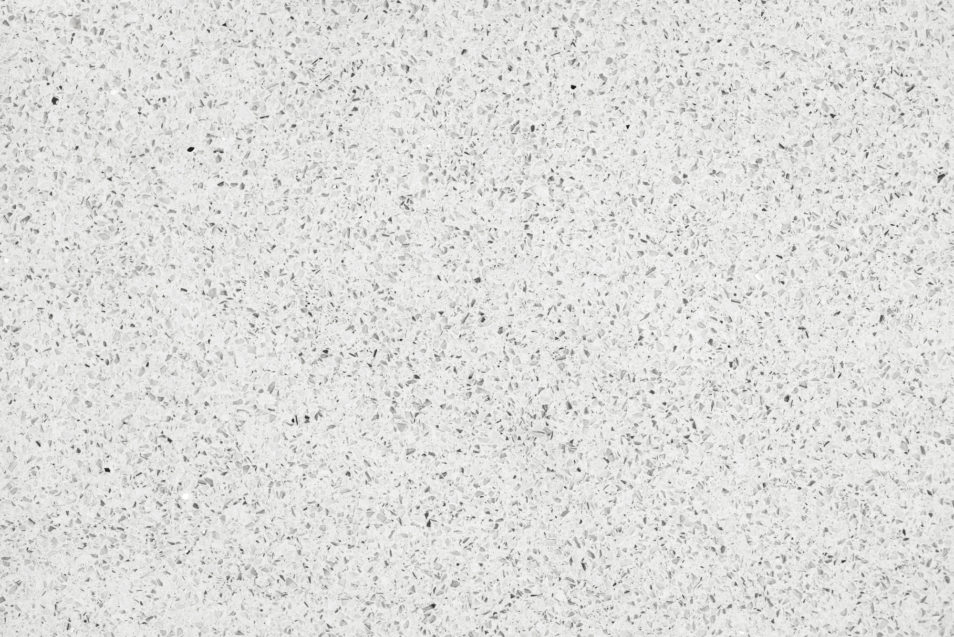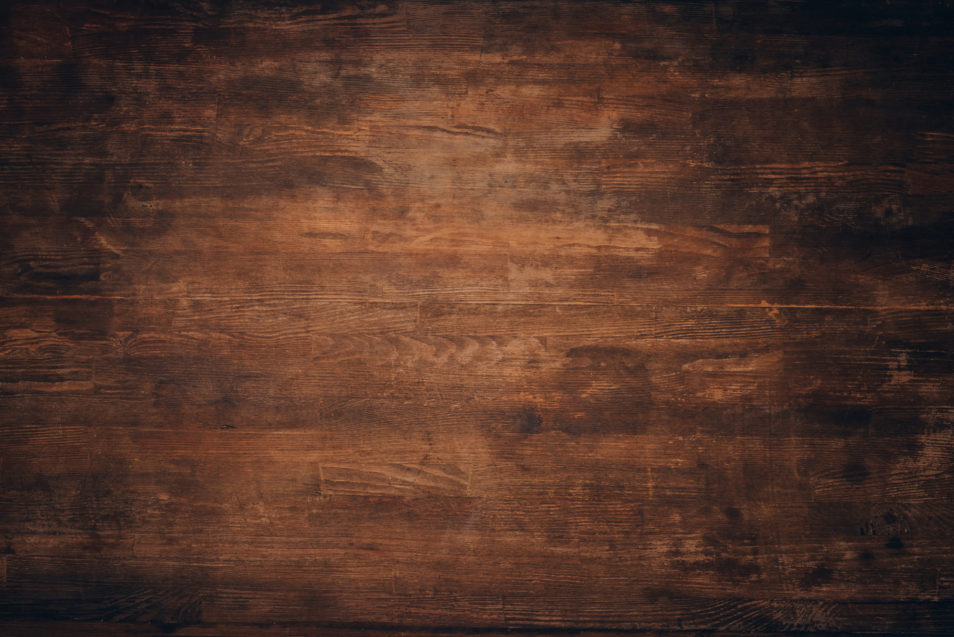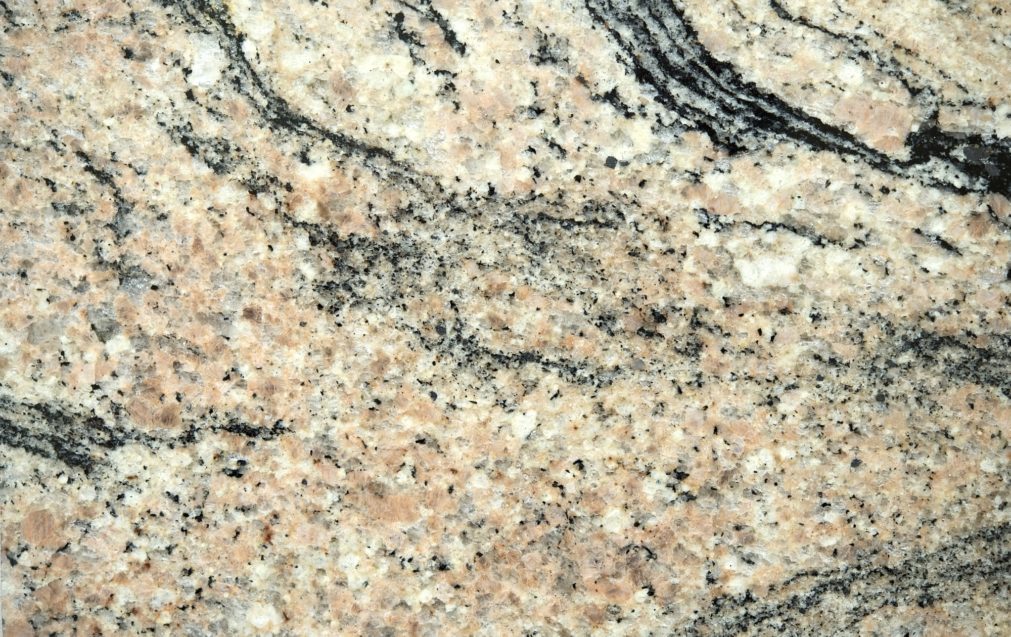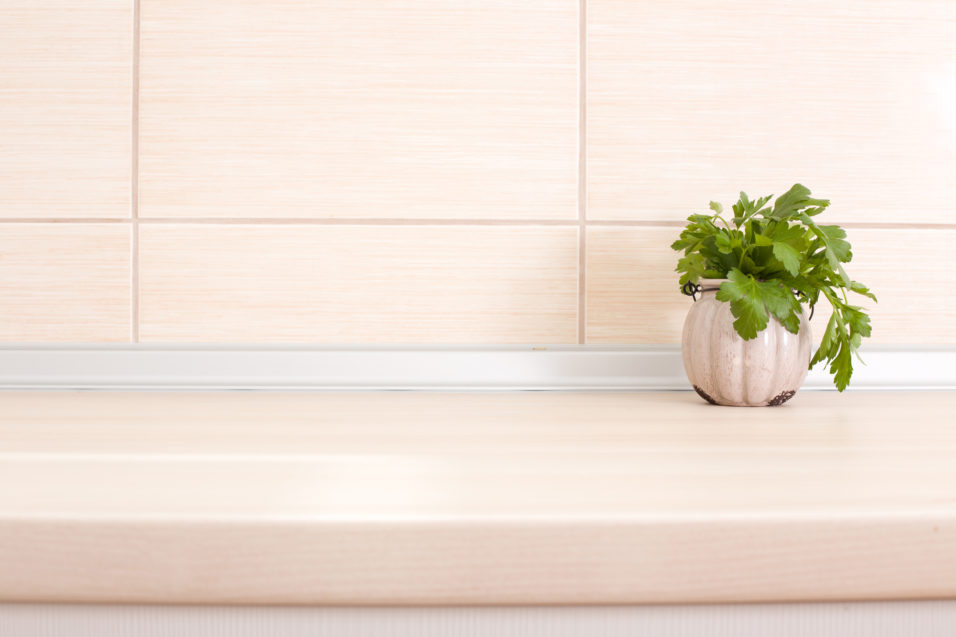
Quartz
Quartz countertops are actually engineered stone that is 93-95% quartz, with the remaining material made up of polymer resins. Because it is engineered, the countertops are produced to fit the exact size and specifications of a space. This is one of quartz’s greatest advantages. You don’t have to buy a full slab of rock and cut it down to size - just buy what you need. It’s also easy to maintain since it doesn’t require regular sealing and is highly resistant to heat.
Quartz can be quite expensive though, coming in at a price tag of $100-$200 per square foot including installation.








